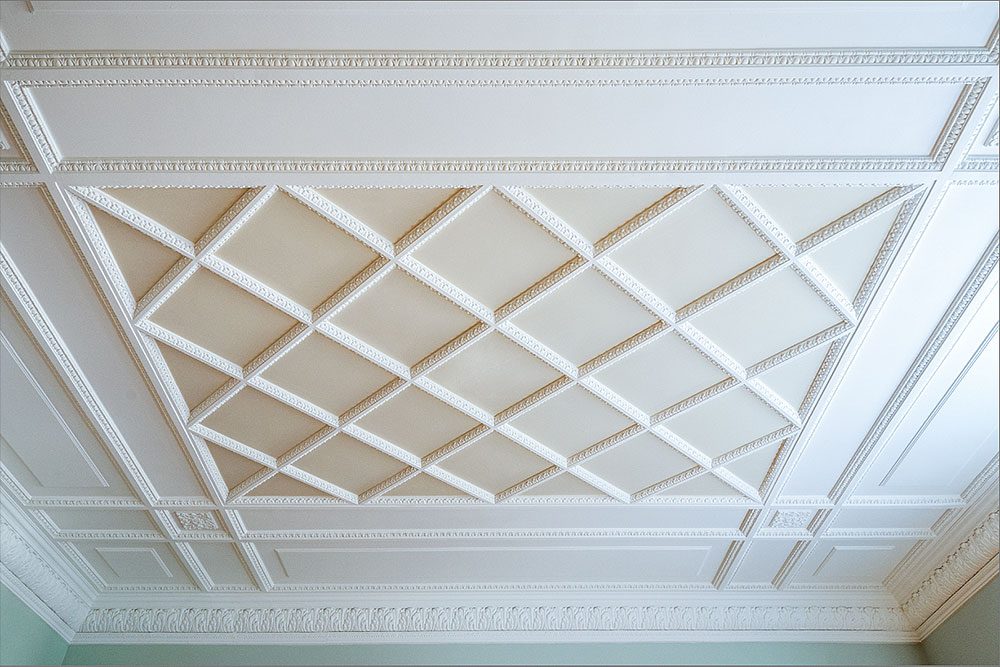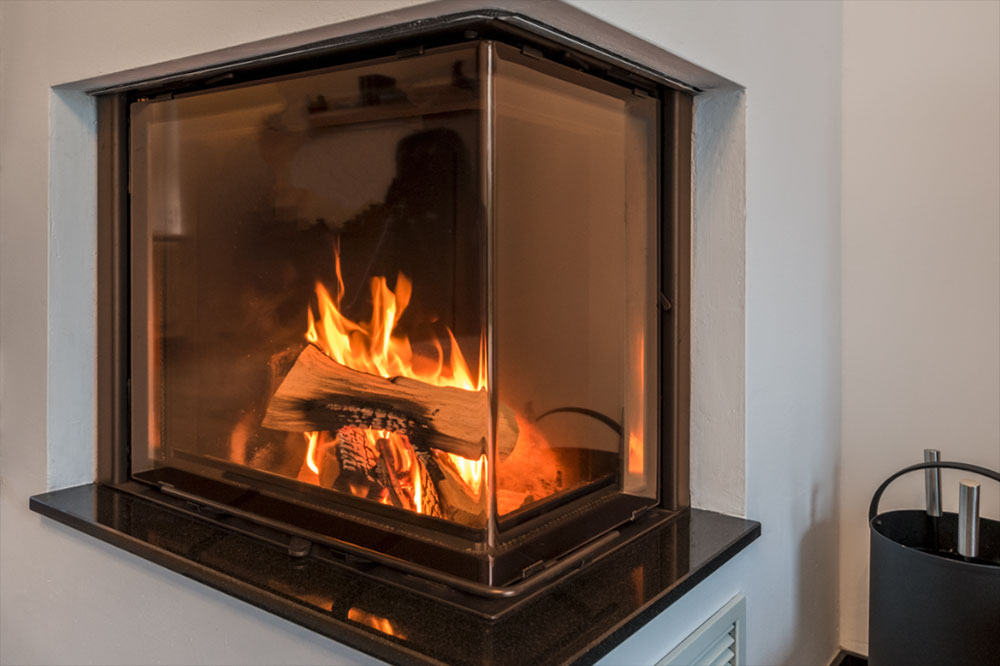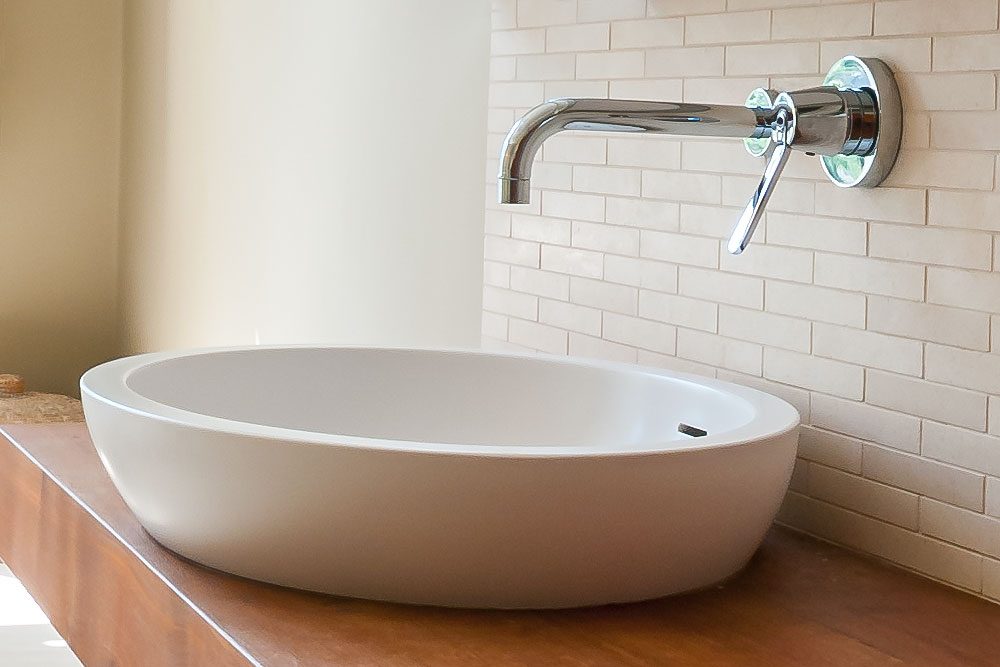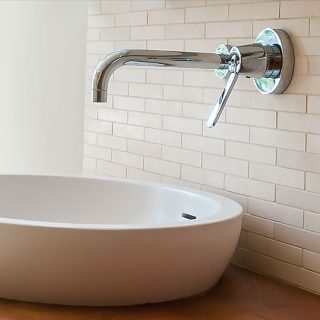
Many real estate professionals take photos of properties very schematically: Camera held at an angle into the room – click. Camera held straight in the room – click. Likewise they shoot the next room. Such a monotonous series of images causes a loss of tension with each additional image because the viewer’s attention drops.
There are various photographic tricks to maintain the required suspense.
The simplest: Insert specific detail photos. As a result, you achieve three goals in one go:
- the monotony will lifted,
- important information will be conveyed and
- the property will be presented with surprising views.
Impressive Detail Photos
If you want to show rooms frame-filling in a photo, this is usually only possible with a wide-angle lens. This can make possible a large angle of view. However, it has the disadvantage that interesting image details have to share the space on the photo with many other impressions. Therefore, additional frame-filling detailed photos serve as a very nice addition.
An interesting property has very different equipment features, which are usually written down in the description text as sales arguments. Why shouldn’t such highlights of a property also be part of the photo documentation?
As subjects for detail shots I can think of right away:
- extravagant or historic door handles
- pompous stucco ceilings
- fireplaces (with fire!)
- high-quality faucets
- exclusive kitchen equipment
Pure emo-photos, which only appeal to emotions and do not provide any actual information on the property, are less suitable. It is therefore better to avoid such classics as the sharp flower in front of a blurred background, the burning candle that fills the frame, or the faithful-looking pet.
3 Tips for Perfect Detail Photos
In order to teke good detail photos, two simple shooting techniques and an inexpensive supplement of equipment (below you will find some product links to Amazon) are used.
Tip 1 – Shooting Distance
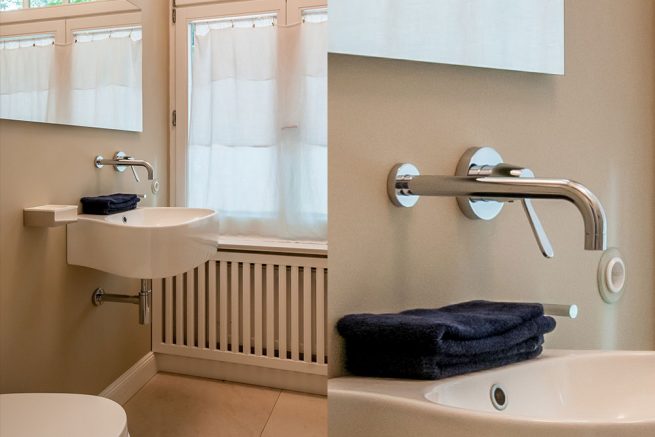 Shorten the Distance.
Shorten the Distance.
To do this, first set the zoom of the lens to a larger focal length. Also, move the camera so close to the detail subject that it almost fills the frame (and you can still focus it at the same time).
Photographers jokingly refer to this move as “sneaker zoom”.
Tip 2 – Lighting
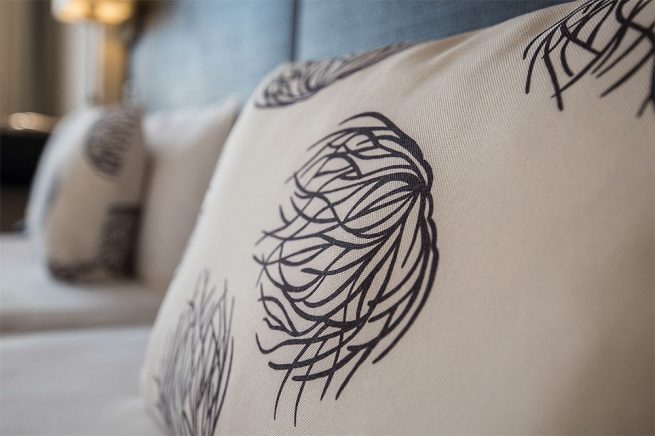 Pay attention to the light.
Pay attention to the light.
In any case, you need some side light to show possible structures by producing shadow patterns.
You can also try backlighting for translucent objects. If this is too strong, then it needs to be balanced with frontal light.
Use the existing light sources in the room or an indirect flash (never direct flash on the subject).
Tip 3 – Sharpness and Blur
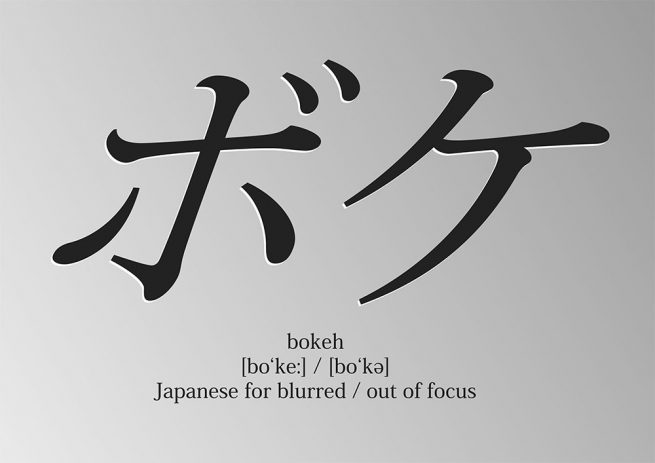 You can create an exciting detailed look for smaller objects by playing with sharpness and blur. To do this, focus on the object and blur the foreground and background.
You can create an exciting detailed look for smaller objects by playing with sharpness and blur. To do this, focus on the object and blur the foreground and background.
The technical term for this targeted blur is bokeh (from Japanese).
It is the best way to achieve this effect using a fast lens that has a large aperture (small f-number – 2.8 and smaller), which you should use. Additionally the focal length should be at least in the light telephoto range (50 mm and more).
Affordable Lens for Good Detail Photos
Such an optic does not have to be expensive. Here you can also use a lens without zoom that is only equipped with a fixed focal length. For this reason, the inexpensive lenses from the three major manufacturers with a focal length of 50 mm and an aperture of 1.8 are very popular . Due to their simple construction, they are often small and light, but still do a great job. Photographers jokingly call these lenses „Nifty Fifty“ or „Plastic Phantastic“ (because the lens housings are mostly made of plastic in favor of the price).
A wide open aperture, longer focal length and reduced focus distance result in a reduced depth of field – the foreground and background remain blurred while the detail is sharply reproduced. This narrow depth of field is very popular for impressive detailed photos.
The street price for this universal lens – it is actually a so-called normal lens – is currently well under 250 EUR for Nikon, Canon and Sony cameras. The lens also fits on cameras with smaller sensors in APS-C or DX size, as used by many real estate professionals. That’s why this lens is a must for every camera bag.
But please pay attention to your camera model, because lenses for SLR cameras have a different mount than those for the new mirrorless system cameras.
For SLR Cameras by Nikon
NIKKOR AF-S 50 mm 1:1,8G
For Mirrorless Cameras by Nikon
NIKKOR Z 40 mm 1:2.0
For SLR Cameras by Canon
Canon EF 50mm F1.8 STM
For Mirrorless Cameras by Canon
Canon RF 50mm F1.8 STM
For Mirrorless Cameras by Sony
Sony FE 50mm F1.8
Related Articles on this Topic
Basic equipment for real estate photography (German)
Focal length and real estate photos
Flash action in real estate


